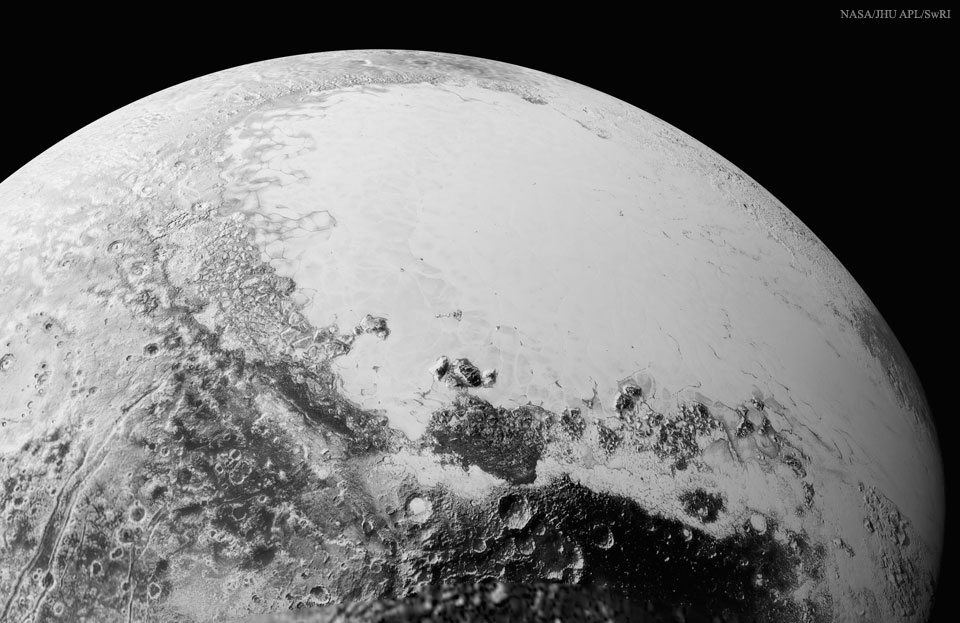Precipitation in Paradise... Starting today, we're due to get hammered by rain for the next four days. The forecast is estimating a total of two inches, with the bulk coming tomorrow and Wednesday.
We're starting to see some fall color around us, at altitudes just a few hundred feet above the valley floor. Our backyard choke cherries are just starting to turn, the first thing to turn on our property. Debbie and I went for a drive on the road from Avon to Liberty yesterday evening, and saw quite a bit of fall color above us, and a little along the road. Some photos:
Last night we had homemade sticky rice and mangoes. The recipe we used resulted in rice that was much less sweet (and sticky) than the same dish when we've had it in restaurants. I actually liked that better, but Debbie longs for the restaurant style. We'll try that again. We didn't have fresh mangoes to put on it, so we used canned instead. They were ok, but not nearly as good as the real deal...
We're headed off for Debbie's hydrotherapy shortly. The doggies will miss their morning walk...
Monday, September 14, 2015
The origins of Scrabble...
The origins of Scrabble... All new to me. My family is amongst the addicted, as are many of our friends...
New Pluto photos are pouring in...
New Pluto photos are pouring in ... from the latest New Horizons data dump. Astronomers are delighted at not only having all the amazing new data on Pluto (and its moons), but also at the unexpected nature of it. Via APOD, of course. Full resolution version here.
When I was a young boy (in the early '60s), first learning about and getting interested in astronomy, we knew almost nothing at all about Pluto. The very best telescopic photographs of it showed basically a smeared dot. No telescope existed that could collect enough light from Pluto for even the most basic spectroscopic study. We knew almost nothing about it. Now we are about to have vast amounts of data on the chemical composition of Pluto and its atmosphere, its magnetic field, its gravitational field, and high resolution photographs of its surface. That's a lot of progress within one human lifetime...
When I was a young boy (in the early '60s), first learning about and getting interested in astronomy, we knew almost nothing at all about Pluto. The very best telescopic photographs of it showed basically a smeared dot. No telescope existed that could collect enough light from Pluto for even the most basic spectroscopic study. We knew almost nothing about it. Now we are about to have vast amounts of data on the chemical composition of Pluto and its atmosphere, its magnetic field, its gravitational field, and high resolution photographs of its surface. That's a lot of progress within one human lifetime...
Subscribe to:
Comments (Atom)



